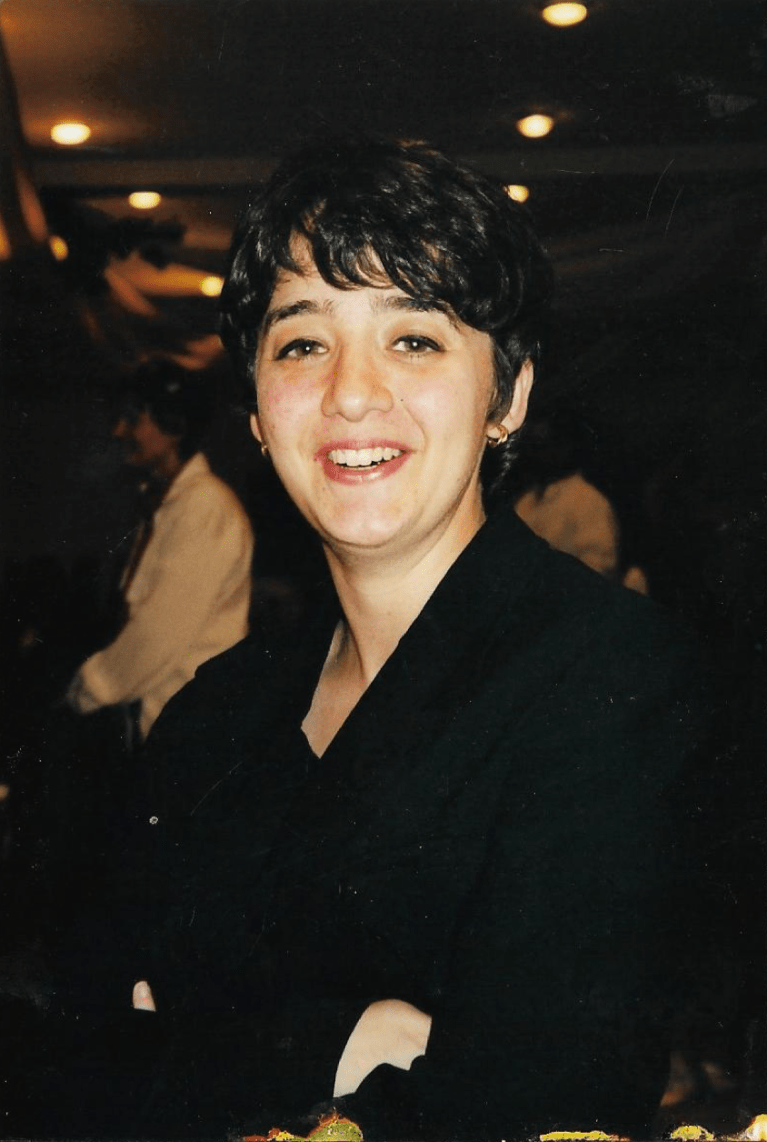
Merav Opher
Voyager Guest Investigator
Role on Voyager
Guest Investigator
Current role
Voyager Guest Investigator
Hometown
Haifa, Israel, and Sao Paulo, Brazil
What is your most meaningful Voyager moment and why?
My involvement with the Voyager mission started in 2001, when I started using and adapting a major computational code developed by the University of Michigan to study the outer layer of the heliosphere, where this bubble of plasma that the Sun blows around itself touches interstellar space.
By 2004, I realized I was stumbling on a question that had not been asked before: How does the heliospheric current sheet (the region where the solar magnetic field reverses direction) behave in the outer regions of the heliosphere? I was eager to talk about the possible effects of the solar and interstellar magnetic field with Voyager Project Scientist Ed Stone as the two Voyagers were exploring this region. I summoned my courage and called him at his Caltech office. After half an hour — to my surprise — he told me to just come over to Caltech and meet him. This started a collaboration that led to a joint paper on the effect of the interstellar magnetic field pushing in on the southern hemisphere of the heliosphere where Voyager 2 is traveling. We predicted that the termination shock (the region where the plasma flowing out from the Sun slows down) would be closer to the Sun at Voyager 2 than at Voyager 1. The paper was published in 2006 just before Voyager 2 crossed the termination shock, 10 astronomical units closer to the Sun than Voyager 1 had crossed in 2005 — cementing our prediction that the interstellar magnetic field indeed distorts the heliosphere.
Some of my fondest memories of this time were my meetings with Dr. Stone when he would bring his wooden ruler and measure the distances to the heliospheric boundaries in my computer plots. We were trying to make the prior computational predictions more quantitative like the precise laboratory experiments that Dr. Stone was used to. We would spend hours translating between the computer language of grid resolutions and our theoretical expectations.
I attended my first Voyager science steering group meeting led by Ed Stone as a guest investigator about 12 years ago. (The picture is from that first meeting.) At first I felt like an outsider, as if I was entering a party that had been going on for years, where the guests had been talking to each other for decades. Also, I was the only female scientist in the room. But then, we were all thrilled to see the latest Voyager data. Almost every six months there was a new surprise. The data returned were so fragile, from instruments such as the magnetometers that were designed for much stronger planetary magnetic fields than the ones measured so far away. I feel deep gratitude – for being able to take part in this mission that keeps changing the paradigms of what we know about the edges of the heliosphere.



























